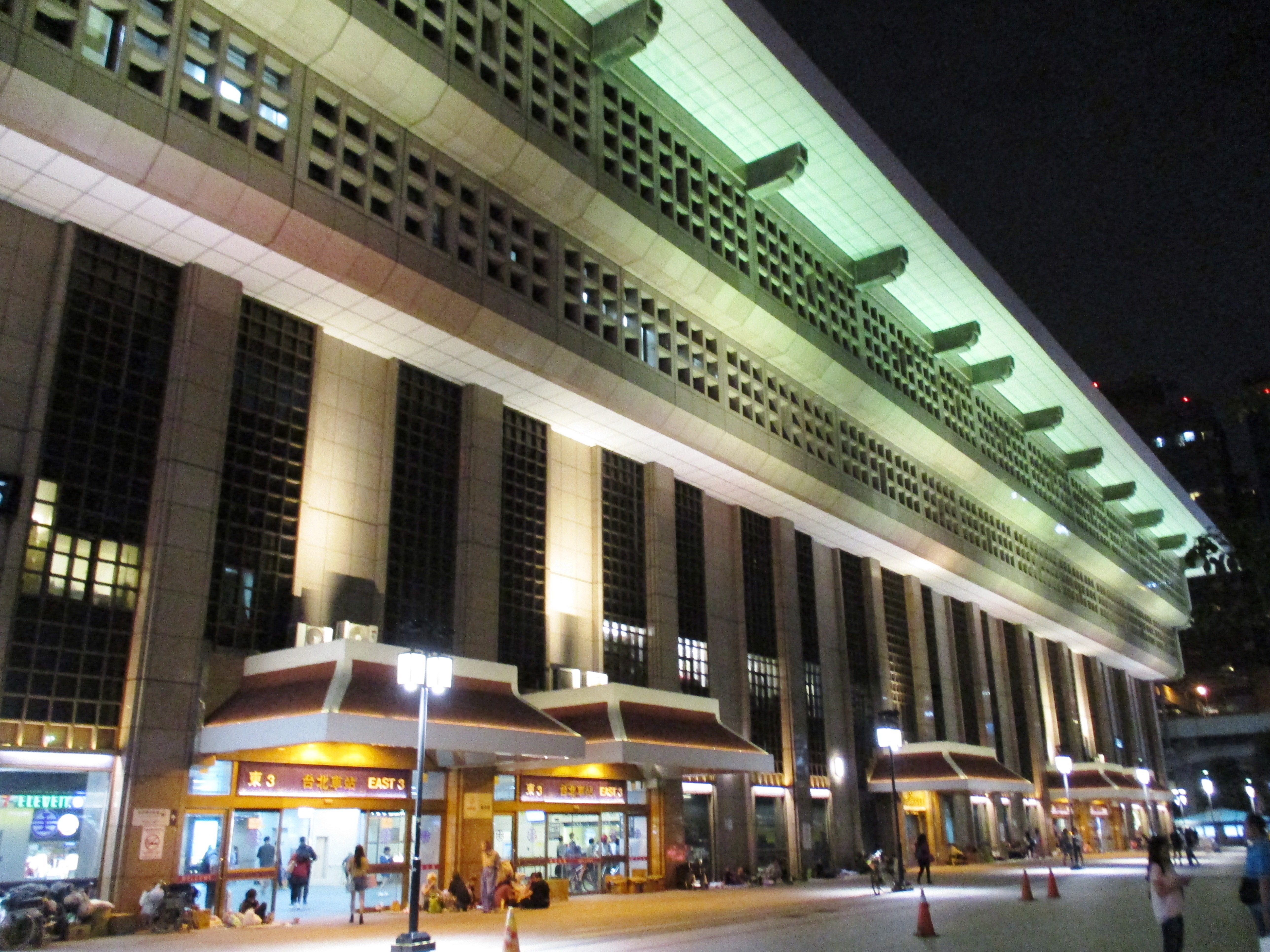One neat trick here is to allow motorbikes to move to the head of a traffic lane in the direction of a right hand if turning left or right, eliminating the need to cut across traffic in the opposite direction
My ears have bowed to the traffic gods of Taiwan.
I was in Taiwan’s capital, Taipei, last month and I did not hear a car horn during my stay there.
In a city of nearly 3 million, drivers patiently stop before the pedestrian crossings, there’s no cutting across the traffic to the left or right, almost no one runs the red lights, you can walk on the sidewalks without fear of motorbikes charging at you and my life expectancy has risen a few points on this sightseeing trip. And the metro means you don’t have to face the traffic.
With Hanoi’s urban railway, Vietnam’s first rapid transport system expected to open by the end of 2018, and Ho Chi Minh City’s metro hopefully starting by 2020, it might be a nice idea to invite the Vietnamese operators of the two systems to take a look at how Taipei is dealing with its transport congestion and steal a few good ideas.
I’m not trying to compare transit systems here. The differences between Vietnam and Taiwan are too wide. Taiwan gets buffered by typhoons and earthquakes, the acceptance of road laws and obeying them are the norm and penalties are extremely expensive, strictly enforced and technology makes it easy for the law to hunt you down. People accept the rules because they can see the benefits, it’s taught from a young age in schools and there’s no fighting back at the cops.
Vietnam on the other hand is a free-wheeling, freedom-loving bunch of independently minded drivers with a transport environment that terrifies tourists sufficiently enough to guarantee that they never come back and experience flashback nightmarish dreams for the rest of their lives.
But there are future lessons for Vietnam in how to tame its transport woes in urban areas…over a long time. Part of Taiwan’s success story is the fact that the train and bus systems work next to each other, following supporting routes while providing cheap, citywide transport.
The road system has been cleverly transformed into streams of traffic that don’t interfere with each other, thus reducing stress and the possibility of collisions by vehicles cutting across lanes and against the normal flow of traffic. Buses have their own lanes in the middle of the highway.
One neat trick here is to allow motorbikes to move to the head of a traffic lane in the direction of a right hand if turning left or right, eliminating the need to cut across traffic in the opposite direction.
Bicycle paths run beside pedestrian crossings, motorbike parking faces the edge of roads allowing pedestrians uninterrupted pathways, carelessly dumped rubbish is strictly punished and you pay for plastic bags to cart it away. City parking is mostly below ground, which allows more space above ground for people to get around.
The metro system as mentioned before is so widespread that it reduces the need to bring a car or motorbike into the city. The Taipei administration introduced ‘Youbike’ – a public large network of bicycle rental kiosks within the city, making it easy to get around the city and then just park it next to a bus or train station. It’s free for the first half hour and 10 Taiwanese dollars (50 U.S. cents) an hour after that.
Another innovation that speeds things up is ‘Easy Card,’ which can be used to pay for train, bus or bike services and at convenience stores for goodies as well as topping up the card.
One factor that seems to make it work so well is the politeness of the Taiwanese. In the week I was there, not a single car horn, no shouting, no pushing and lots of patient queuing. People wait quietly at intersections in cars and on foot, but that might also be due to the high speeds of the major roads making it a very risky proposition to jaywalk. In the metro, the same deal plus trains are about two minutes apart so crowds don’t build up on platforms and the frustration of waiting is almost non-existent.
Now I don’t expect Vietnam to magically transform itself into all the above but it’s a great goal to aim for the urban situation. It will take decades, the need to promote the metro as a viable alternative to private transport in the cities and the political will to fund this for a long time. The benefits? Less traffic congestion, more revenue for city services and a reduction in city stress and the related health issues and hopefully the end of the car horn culture!
























































